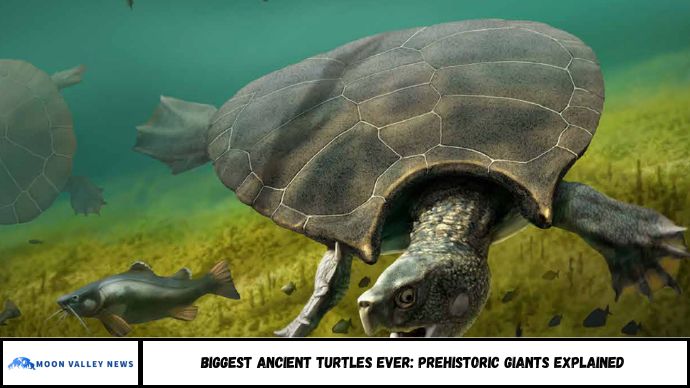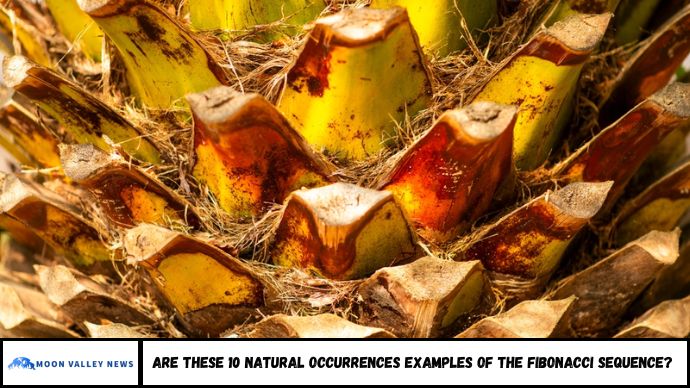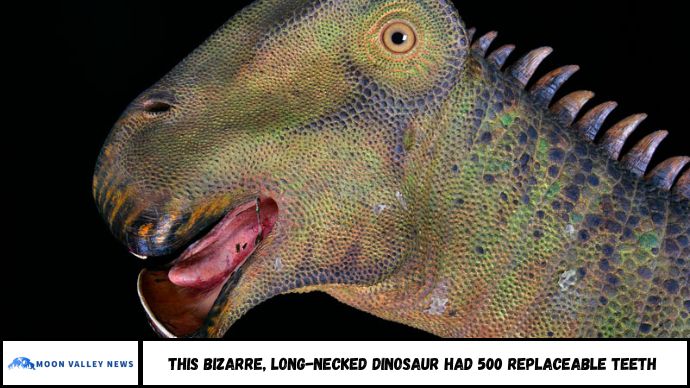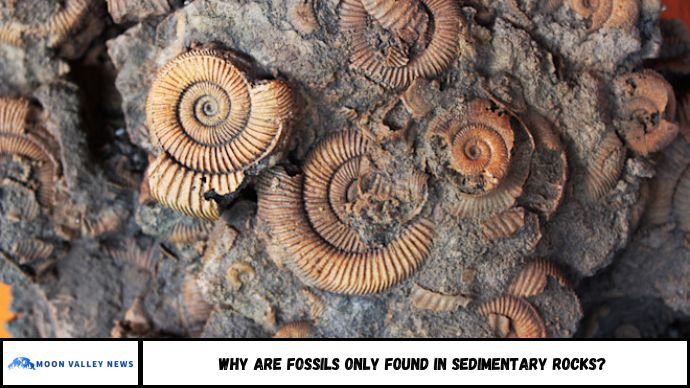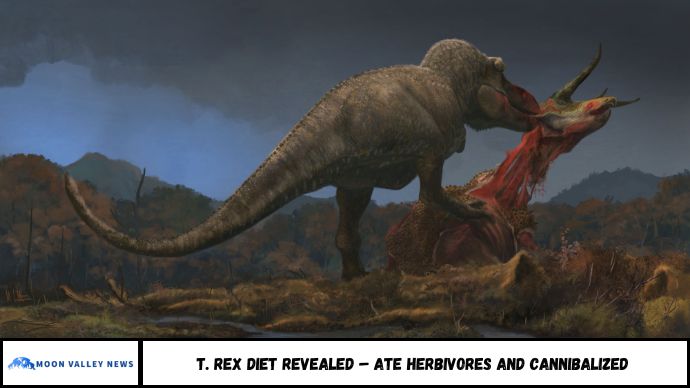That may sound like science fiction, but fossil evidence confirms that prehistoric turtles were once among Earth’s largest reptiles, sharing their world with dinosaurs. These colossal creatures were not only impressive in size but also key survivors of Earth’s most volatile eras.
So, what were the largest ancient turtles, and how did they coexist with dinosaurs? This article explores five record-breaking prehistoric turtles, revealing their physical features, habitats, and evolutionary advantages. Along the way, you’ll learn how these massive reptiles managed to thrive in a world dominated by giants.
Abstract
Ancient turtles were some of the largest reptiles to ever live, rivaling the dinosaurs in size and survival. This article dives into the five biggest prehistoric turtles, discussing their evolutionary traits, fossil records, and the ancient ecosystems they lived in. Discover how these turtle titans adapted to a dino-filled world and what made them some of Earth’s most fascinating survivors.
Ancient Turtles: Giant Survivors of the Dinosaur Age
Turtles have been around for more than 200 million years, meaning they’ve existed since the Triassic period, when dinosaurs were just beginning to appear. Some ancient turtles grew far beyond the size of today’s sea turtles, evolving to dominate lakes, rivers, and even oceans.
1. Archelon – The Largest Sea Turtle Ever Recorded
- Lived: 80 million years ago (Late Cretaceous)
- Length: Up to 15 feet (4.5 meters)
- Weight: Over 4,900 pounds (2,200 kg)
- Habitat: Shallow seas of North America
Archelon was a massive marine turtle with a leatherback-like shell and powerful flippers. Its streamlined body helped it navigate prehistoric oceans, where it likely fed on jellyfish, fish, and mollusks.
2. Stupendemys – The Largest Freshwater Turtle
- Lived: 5–10 million years ago (Miocene epoch)
- Length: Up to 13 feet (4 meters)
- Weight: Over 2,500 pounds (1,150 kg)
- Habitat: Rivers of ancient South America
Stupendemys geographicus ruled the freshwater systems of South America. Its massive shell and strong jaws helped it defend against predators like giant crocodilians. Its size suggests a diet of both plants and small animals, making it possibly omnivorous.
3. Protostega – Archelon’s Smaller Sea-Going Cousin
- Lived: 85–75 million years ago (Late Cretaceous)
- Length: Up to 10 feet (3 meters)
- Weight: Approx. 2,000 pounds (900 kg)
- Habitat: Warm coastal waters
Protostega had a similar body structure to Archelon but was slightly smaller. It likely had a leathery shell and hunted or scavenged across shallow seas.
4. Carbonemys – The “Coal Turtle” of Colombia
- Lived: 60 million years ago (Paleocene epoch)
- Length: Over 5.5 feet (1.7 meters)
- Weight: Around 1,500 pounds (680 kg)
- Habitat: Swampy tropical regions
Discovered in a Colombian coal mine, Carbonemys cofrinii lived shortly after the dinosaurs went extinct. Its massive skull and strong jaw suggest it ate hard-shelled prey, including other reptiles—possibly even small crocodiles.
5. Santanachelys – An Early Sea Turtle Pioneer
- Lived: 112 million years ago (Early Cretaceous)
- Length: Approx. 2 feet (60 cm)
- Not the largest, but one of the earliest known sea turtles
Though not as massive as the others on this list, Santanachelys deserves mention for its age and adaptation. It shows how early turtles made their way into the ocean, laying the evolutionary groundwork for giants like Archelon.
How Did These Turtles Survive Alongside Dinosaurs?
Despite their size, these turtles lived in ecosystems full of apex predators like T. rex, Spinosaurus, and prehistoric crocodiles. They survived through:
- Heavy armor or large shells
- Aquatic mobility—staying underwater or in rivers
- Herbivorous and omnivorous diets, reducing food competition
- Low metabolic rates, making them resilient to environmental shifts
Why Do These Giants Matter Today?
Understanding these prehistoric turtles helps scientists:
- Track evolutionary changes in modern turtles and reptiles
- Study how certain species survive mass extinctions
- Explore the ecological dynamics of ancient freshwater and marine environments
FAQs
1. Were ancient turtles as big as dinosaurs?
Some were comparable in size to smaller dinosaurs, especially marine and freshwater turtles.
2. Did turtles live at the same time as dinosaurs?
Yes. Turtles evolved over 200 million years ago, coexisting with dinosaurs for millions of years.
3. Are today’s turtles related to these ancient giants?
Yes, though most modern turtles are much smaller, they are direct descendants of ancient turtle species.
4. What was the biggest turtle ever discovered?
Archelon, the largest sea turtle, measured up to 15 feet long.
5. Did ancient turtles have predators?
Yes, including giant crocodiles, marine reptiles, and carnivorous dinosaurs.
6. Could these giant turtles survive today?
Unlikely. Modern ecosystems and climate conditions wouldn’t support such massive reptiles.
Conclusion
While dinosaurs roamed the land, giant turtles claimed Earth’s rivers and seas. From the titanic Archelon to the armored Carbonemys, these ancient reptiles were more than survivors—they were evolutionary marvels. Their fossilized remains offer clues to Earth’s past and reminders of how life adapts, evolves, and sometimes, outlives the fiercest giants.

